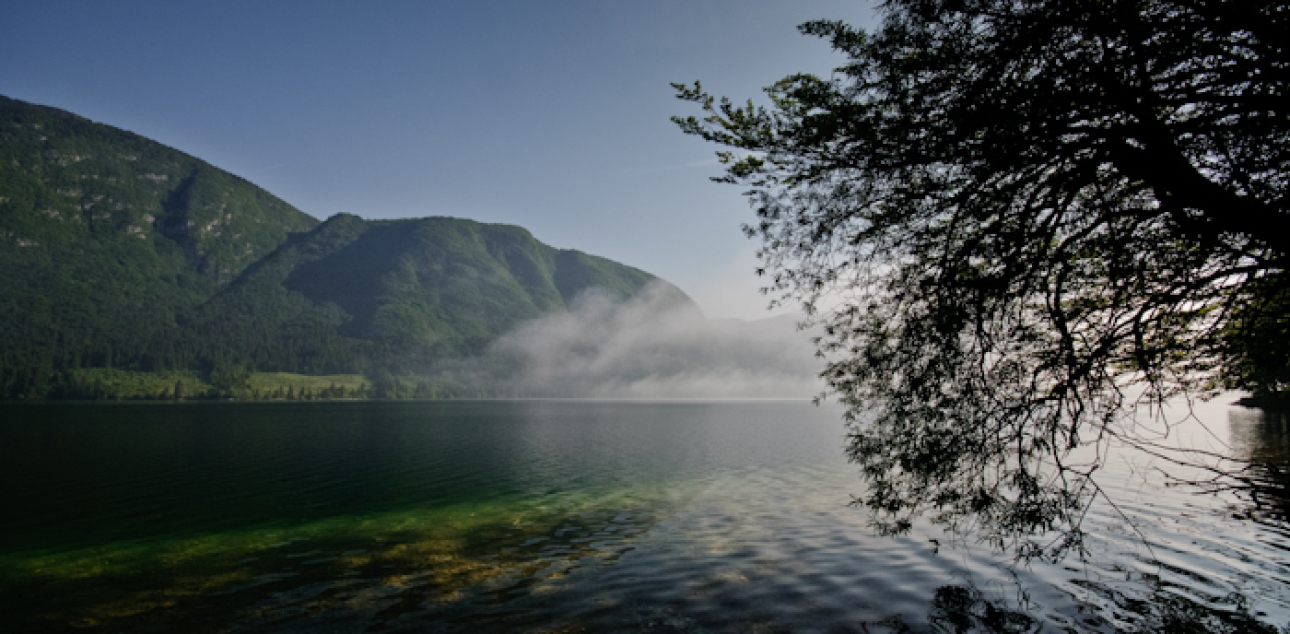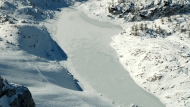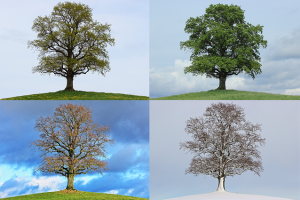Air temperature decreases with increasing altitude. Location exposure is another major climate factor. The main difference in climatic conditions appears between the valleys on the Park’s western side, which opens towards the Mediterranean and therefore has a milder climate, and the valleys in the north-east, which are affected by the harsher continental climate. This difference is greatest in the cold part of the year.
Temprature differences
The highest mean annual temperatures are in July and the lowest in January; only at elevations between 2000 and 2200m and higher air temperatures are highest in August and lowest in February. The average July temperatures range from 20 °C (Tolmin) to 5.8 °C (Kredarica). The coldest month temperatures fall between 0.6 °C (Tolmin) in January and -8.7 °C in February (Kredarica).
The diverse relief contains a high number of wind-protected valleys and basins, which provide ideal conditions for the creation of temperature inversion and cold air lakes in the cold part of the year. Bowl-shaped basins that prevent cold air from escaping are often obstructed by fog and low cloudiness, which considerably reduce the length of sun radiation.
Rich in precipitation
The national park abounds in precipitation. The annual precipitation average rises with altitude and exceeds a copious 1500 mm. In the majority of the area, precipitation figures exceed 2000 mm and reach the highest value measured at 2934mm (Dom na Komni).
On the average, precipitation occurs 134 (Tolmin) to 175 (Kredarica) days of the year (minimum amount of precipitation 0.1 mm). With the exception of Kredarica, the highest number of precipitation days is in autumn (September, October, November) and the lowest number of precipitation days is recorded in winter months (December, January, February), while in summer (June, July, August) the number of precipitation days is higher than in spring (March, April; May) in all Park’s area except in Bovec and Dom na Kredarici. It is not uncommon for the daily precipitation to push over 100 mm; the highest daily precipitation quantity was measured in Bovec (363mm).
Snow cover
The frequency of snowfall depends on temperature conditions. On average, Posočje, which is still under the weakened influence of the sea, has the fewest days with one or more centimetres of snow per year. (Tolmin 20 days and Bovec 65 days)
The number of snow days is considerably higher in Posavje, the northeren part of the park (Rateče has 132 days and Stara Fužina has 110 days). Dom na Komni records 190 days of snow cover, and on Kredarica the number rises to 265. The highest snowfall measured so far was 690 cm on Kredarica.































